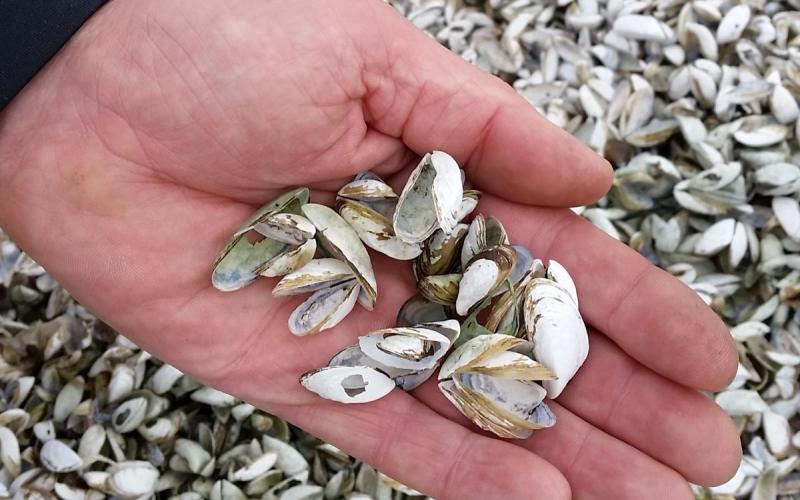Aquatic Invasive Species Spread Prevention
With more than 80 marinas and 40 public boat landings on Lake Champlain and Lake George, located in the southern part of the watershed, aquatic invasive species (AIS) and their impact on biodiversity is a notable concern. Lake Champlain has 51 known AIS. The latest arrival, the fishhook water flea (Cercopagis pengoi), was identified by LCSG staff at the Lake Champlain Research Institute at SUNY Plattsburgh in September 2018.

Lake Champlain is also connected via the Champlain Canal to the Hudson River and lies within southern Quebec, both of which increase risk of introduction of AIS. This threatens the sustainability of native fisheries and associated economic benefits. Lake warming due to climate change is likely to increase the risk of invasion and may favor non-native species that are already present.